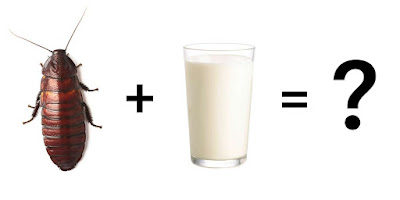In the present era, medical scientists have been confounded by the increasing incidence of multiple diseases across the world, beginning first in developed countries, and gradually spreading to other areas as they develop. These include the rises in cases of obesity, asthma, hay fever, food allergies, inflammatory bowel disease, juvenile (type 1) diabetes and autism, among many others. Are these diseases, which affect different body systems, unrelated or can a unified theory explain the increased incidence of all of these?
I believe that the latter possibility is true, and that the central theory to explain why these diseases have arisen and by what mechanism is based on modern changes in early life events that are related to the human microbiome. According to this theory, the microbiome of humans and of other animals is not accidental, but has been selected over long time periods to optimize host reproductive success through interactions between the microbiota and host physiology. Early life is the crucial period during which the adult microbiome becomes established, and development of the host and of the microbiota occur together in a conjoined manner through a dynamic equilibrium that follows a well-choreographed path. In early life, the context is set for the important developmental decisions that are required for the immune system to distinguish between what is self and what is not self, for metabolic organs to partition how much energy to expend or to save, and for the brain to determine how to respond socially to a person who might be either a friend or a foe.
 |
| Figure 1: A model for the interaction of the inherited microbiota with early life immunological development in past and present children. |
Source: NATURE REVIEWS IMMUNOLOGY




